Recovery isn’t just something athletes talk about anymore; it’s become a key part of how many of us take care of our bodies. Whether you're training for a race, getting back into a routine, or simply trying to stay active, what you do after your workout plays a big role in how you feel the next day.
Over the past few years, CBD has made its way into more post-workout routines, often alongside things like stretching, protein, and sleep. And while there’s still a lot we’re learning, both early research and real-world feedback suggest it may support recovery in a few helpful ways.
Why People Are Using CBD After a Workout
CBD (short for cannabidiol) is a compound derived from hemp. It’s non-intoxicating, federally legal (as long as it contains less than 0.3% THC), and widely available in everything from tinctures to topicals. After the 2018 Farm Bill and the removal of CBD from the World Anti-Doping Agency’s banned list, it quickly gained traction among athletes and fitness enthusiasts alike.

Some of those early adopters included Olympic athletes. Olympic marathoner Molly Seidel, who earned a bronze medal at Tokyo 2020, incorporates CBD balms and salves into her recovery routine as part of her post-workout self-care. Kerri Walsh Jennings, a three-time gold medalist in beach volleyball, has also spoken publicly about using CBD to support her sleep and overall well-being. While every body is different, their openness helped normalize CBD as a plant-based recovery tool among athletes at all levels.
Why? Because recovery is more than just muscle soreness. It involves inflammation, stress levels, sleep quality, and how well your nervous system bounces back. That’s where CBD may come in—not as a quick fix, but as part of a well-rounded post-workout routine.
What the Research Tells Us
The science behind CBD and recovery is still evolving, but a few things are starting to stand out:
Supporting the Body’s Inflammatory Response
Inflammation is a natural response to exercise, especially after strength training or high-intensity workouts. But when it lingers, it may affect how your body feels and recovers. Early research suggests that CBD may interact with biological pathways involved in the body’s response to physical stress. In one small trial, researchers observed changes in post-exercise biomarkers among participants who took CBD compared to those who took a placebo, though findings were limited and exploratory.
Managing General Discomfort
Some surveys and small clinical studies have explored whether CBD influences how people perceive everyday aches and post-exercise tension. While results are not conclusive, some participants reported using CBD as part of their routine following intense workouts, though individual experiences varied.
It’s not a substitute for rest, hydration, or stretching, but it may be a helpful complement, especially when paired with other recovery strategies.
Stress and Sleep Matter, Too
Recovery isn’t just about the body; it’s also about the nervous system. High levels of stress (physical or mental) can slow down how quickly we recover. Sleep is also critical, as it’s when much of the body’s repair actually happens.
CBD has also been studied for its calming properties, particularly in relation to sleep and recovery. A 2024 review published in Frontiers in Physiology highlighted CBD’s potential to improve sleep quality, reduce sleep disturbances, and promote nervous system recovery in athletes and physically active individuals. While more large-scale trials are still needed, this area of research shows promise, especially for those looking to support post-exercise recovery through better rest and relaxation.
What Athletes and Everyday Users Are Saying
Beyond the research, there’s no shortage of anecdotal feedback from people using CBD as part of their recovery routine. In one recent survey, 93% of CBD users said they felt it helped with post-exercise recovery, reporting a range of experiences, from feeling more relaxed to making CBD part of their wind-down routine.
Here’s what that looks like in practice:

- A runner takes a 25mg CBD gummy after a long weekend run to ease muscle tension and settle into rest mode.
- A weightlifter uses a topical CBD cream on their lower back and shoulders post-session.
- A yoga teacher adds CBD oil to her evening tea to support deep sleep and calm the nervous system after a day of movement.
Everyone’s body is different, but the pattern is clear: people aren’t turning to CBD for performance boosts; they’re using it to support the recovery process in a natural, manageable way.
How to Use CBD as Part of Your Recovery Routine
If you’re considering trying CBD for fitness recovery, here are a few best practices to keep in mind:
1. Start Low and Go Slow
Research studies tend to use 20–60mg of CBD, depending on the delivery method. If you’re new to CBD, start with a lower amount and see how your body responds before increasing your intake.
2. Choose the Right Format

- Tinctures or capsules are ideal for systemic support and longer-lasting effects.
- Gummies are convenient and easy to integrate into your post-workout routine.
- Topicals (like creams or balms) can be applied directly to specific areas—ideal for targeting knees, shoulders, or tight hips.
3. Check for Third-Party Testing
Look for a Certificate of Analysis (COA) from a third-party lab. This confirms that your product is free from contaminants and contains the advertised amount of CBD, with less than 0.3% THC.
Transparency matters, especially when you’re adding something new to your wellness routine.
4. Make It Part of a Bigger Picture
CBD isn’t meant to replace things like proper nutrition, hydration, mobility work, or sleep. It’s most effective when used with other recovery strategies, not in place of them.
Think of it as one tool in the toolbox, not the whole solution.
Example: A Simple Recovery Routine with CBD

If you’re not sure where to start, here’s a sample post-workout routine you can adapt:
- Cool down: 5–10 minutes of light stretching or walking
- CBD support: Take 20–40mg of CBD (via gummy, oil, or capsule)
- Topical application: Use a CBD cream on any tight or sore areas
- Fuel & hydrate: Eat a protein-carb combo and drink water
- Wind down before bed: Turn off screens, take a warm shower, and create a calming environment to support 7–9 hours of quality sleep.
Staying Informed and Compliant
If you’re an athlete—or just like to be extra careful—it’s worth noting that not all CBD products are created equal. Be sure to:
- Verify THC levels (must be under 0.3% to remain federally legal)
- Use products that are clearly labeled and lab-tested
- Avoid any product that makes health claims like “cures pain” or “heals injuries”
CBD is still largely unregulated, which makes third-party testing and brand transparency especially important.
The Bottom Line
CBD isn’t a shortcut to recovery, but it may be a helpful addition to your routine—especially if you’re looking to support recovery and overall wellness after a workout. While the research is still emerging, the early findings are promising, and real-world feedback continues to grow.
If you’re curious, start with a small amount, pay attention to how you feel, and give it time. Like any recovery practice, consistency makes a difference.
And if you’re already using CBD in your post-workout routine? You’re not alone. Just make sure your product is clean, compliant, and works for your body and goals.
These statements have not been evaluated by the Food and Drug Administration. CBD products are not intended to diagnose, treat, cure, or prevent any disease. Always consult a healthcare professional before starting any new supplement, especially if you are pregnant, nursing, have a medical condition, or are taking medications.




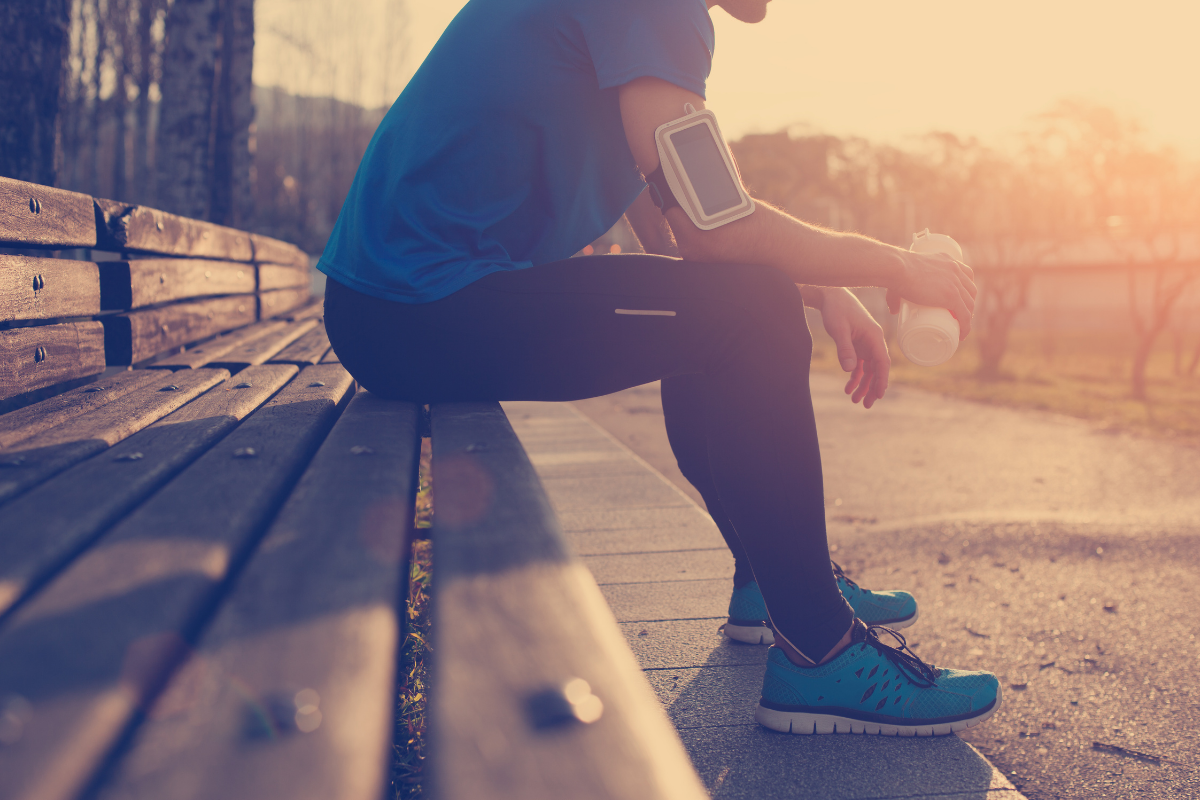




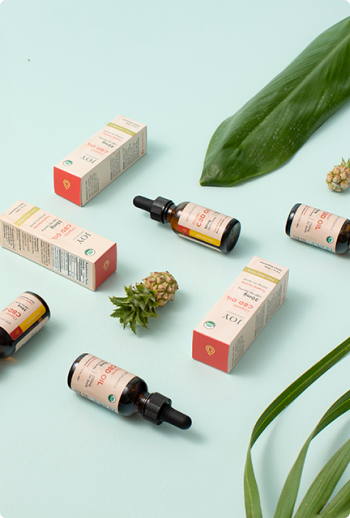
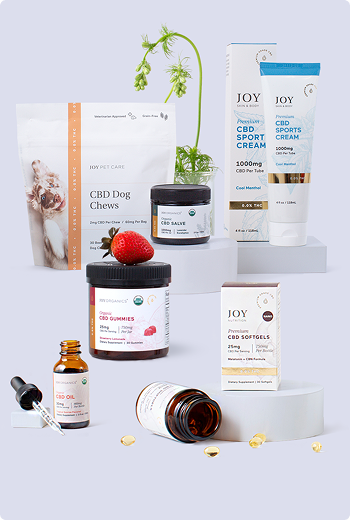










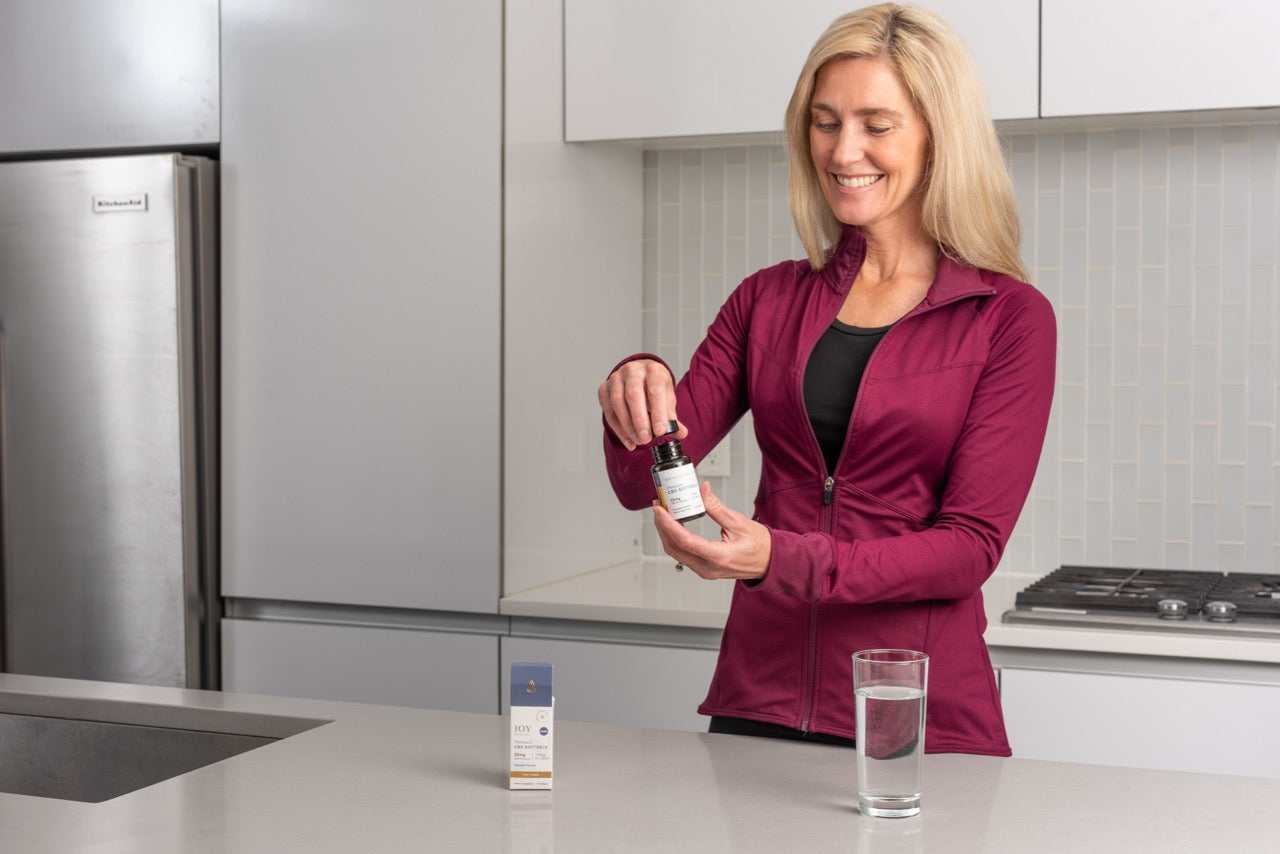
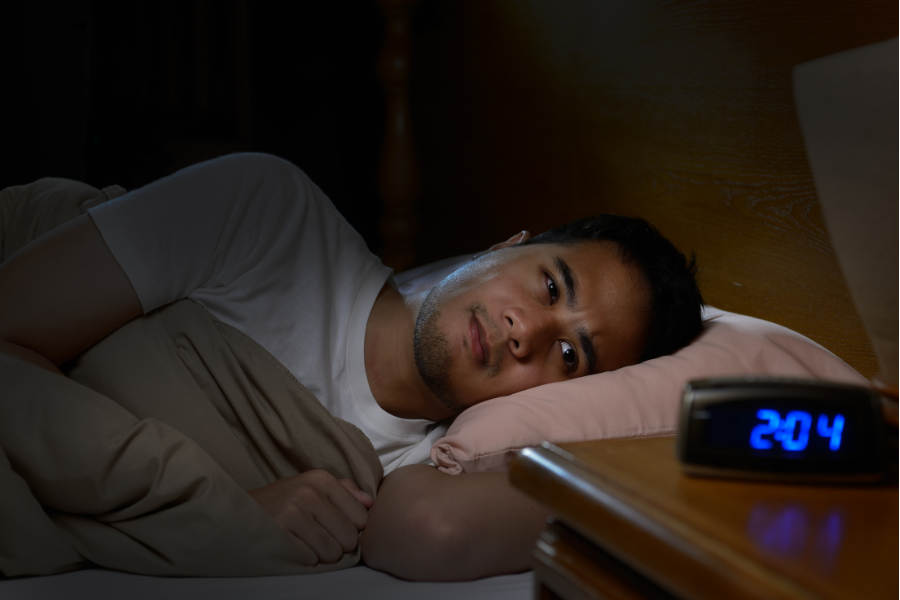
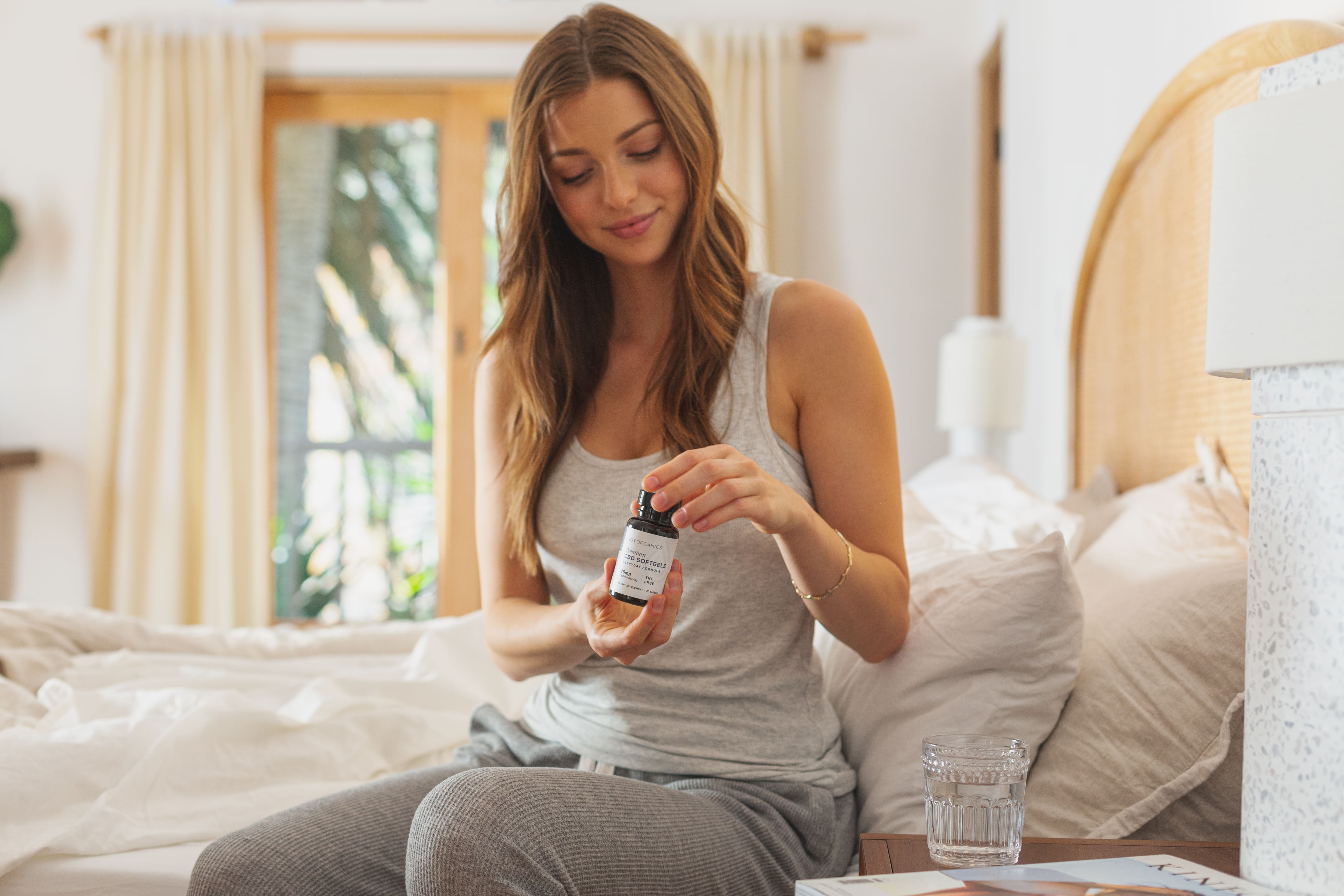


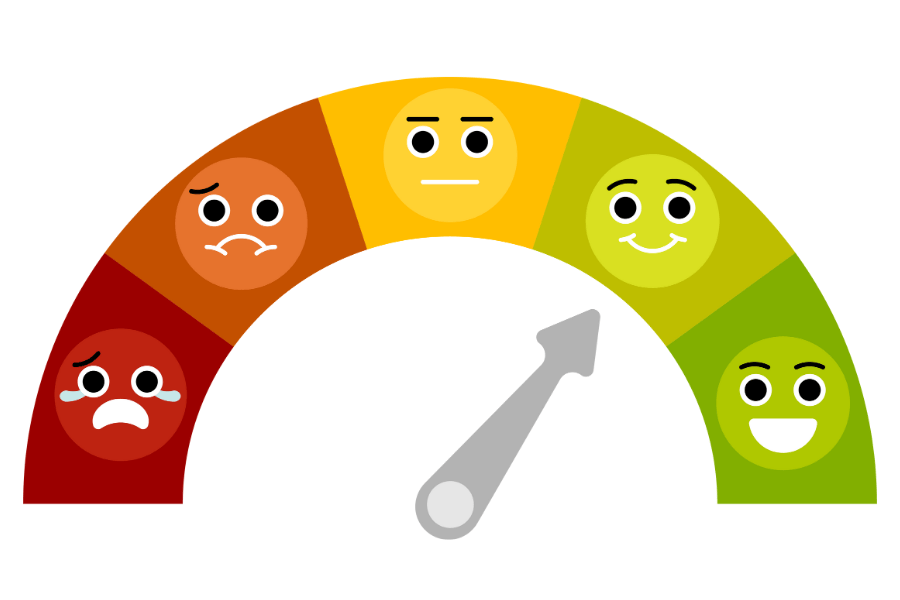
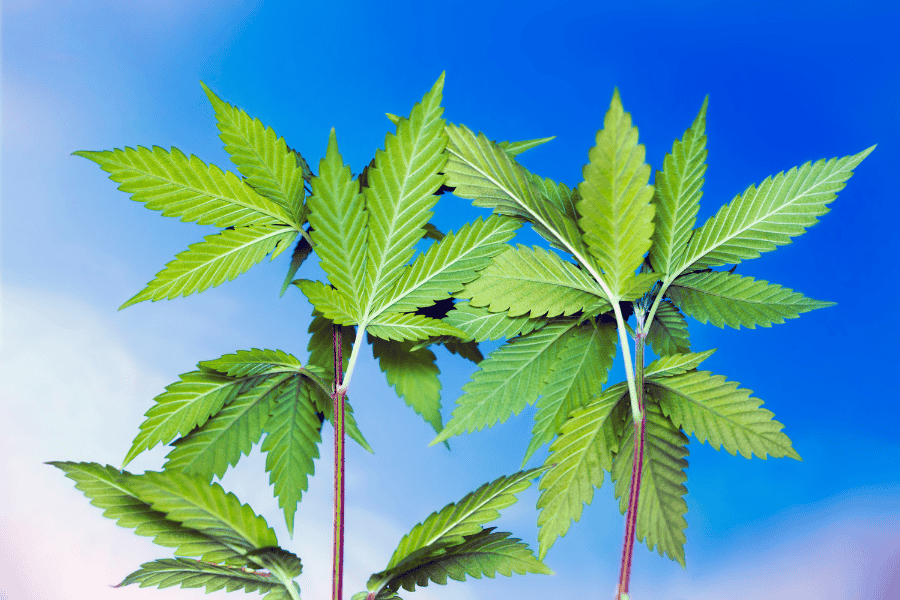
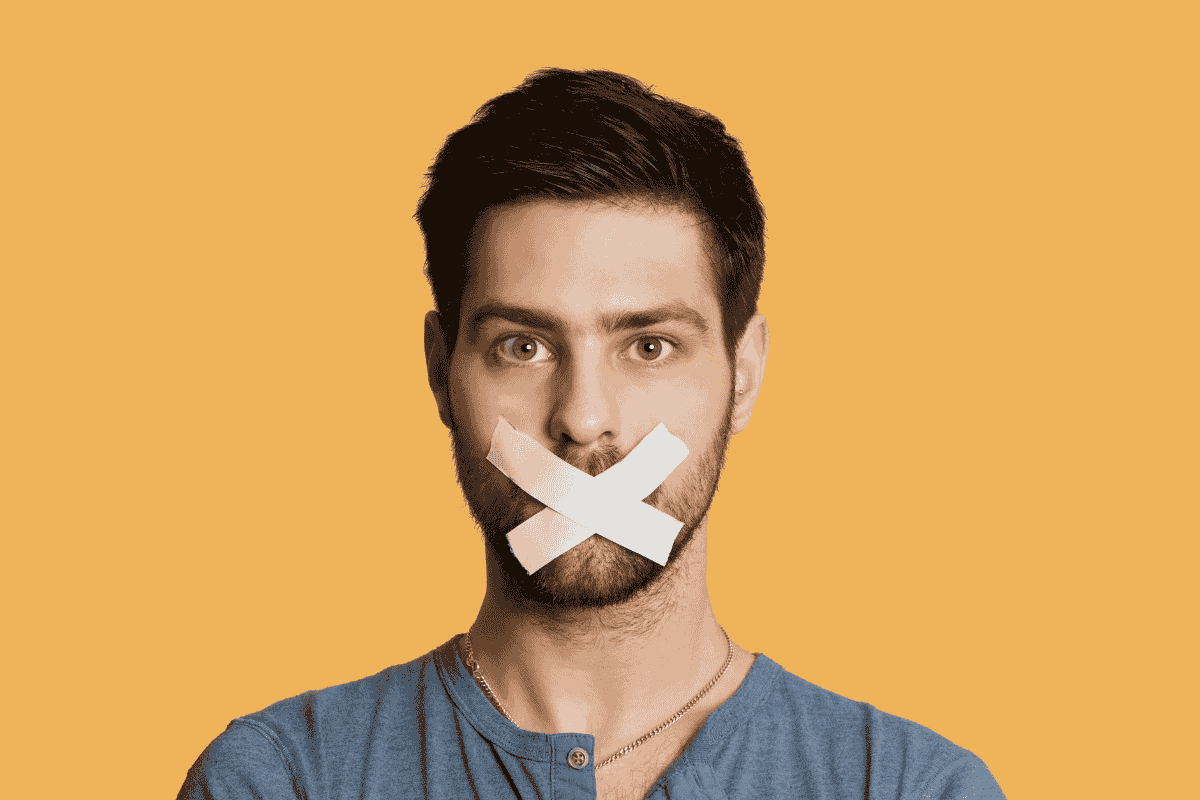

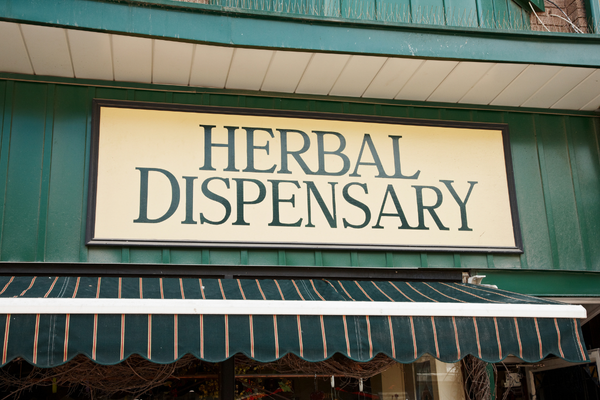
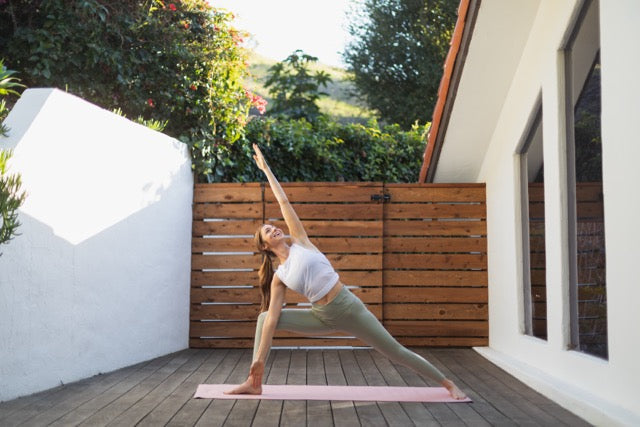







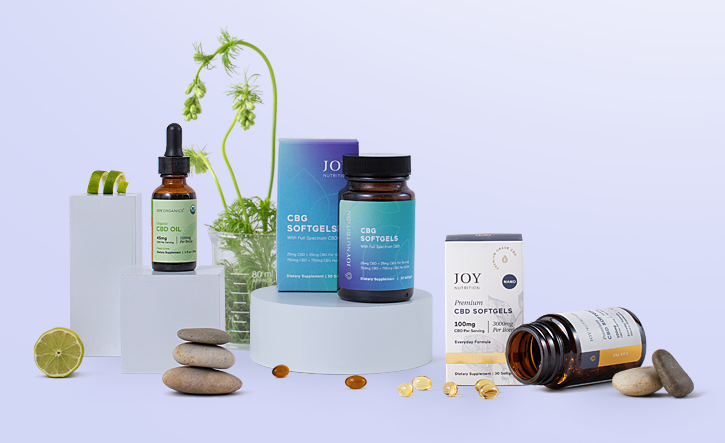


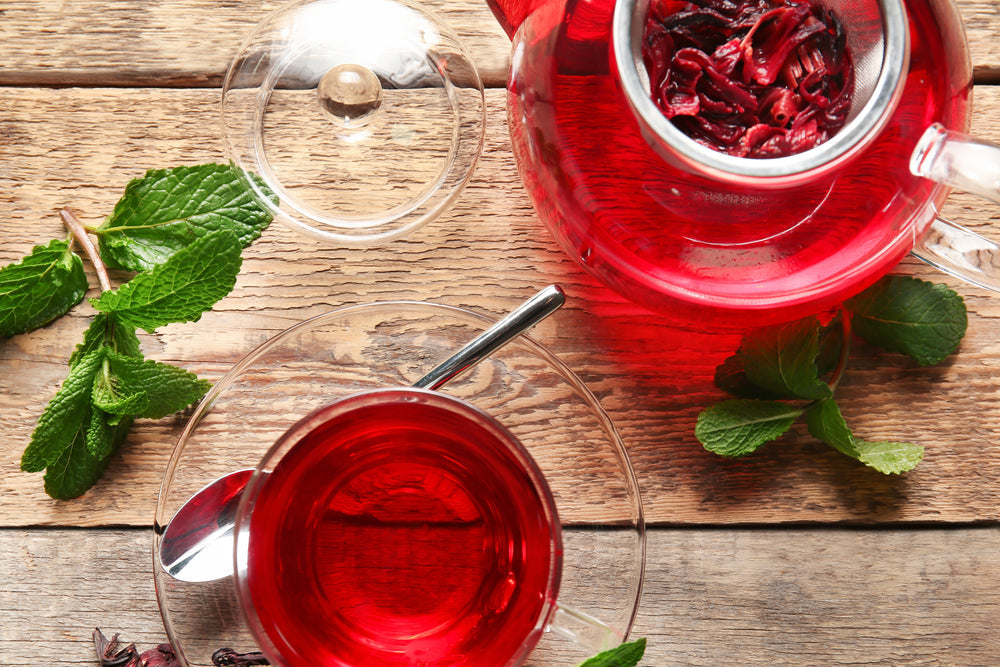
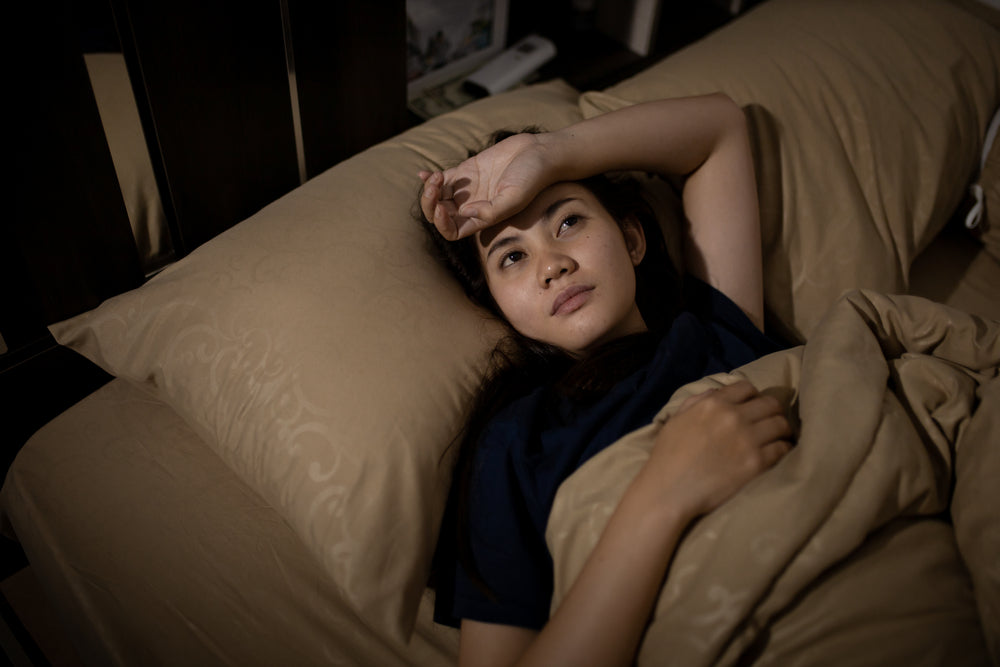



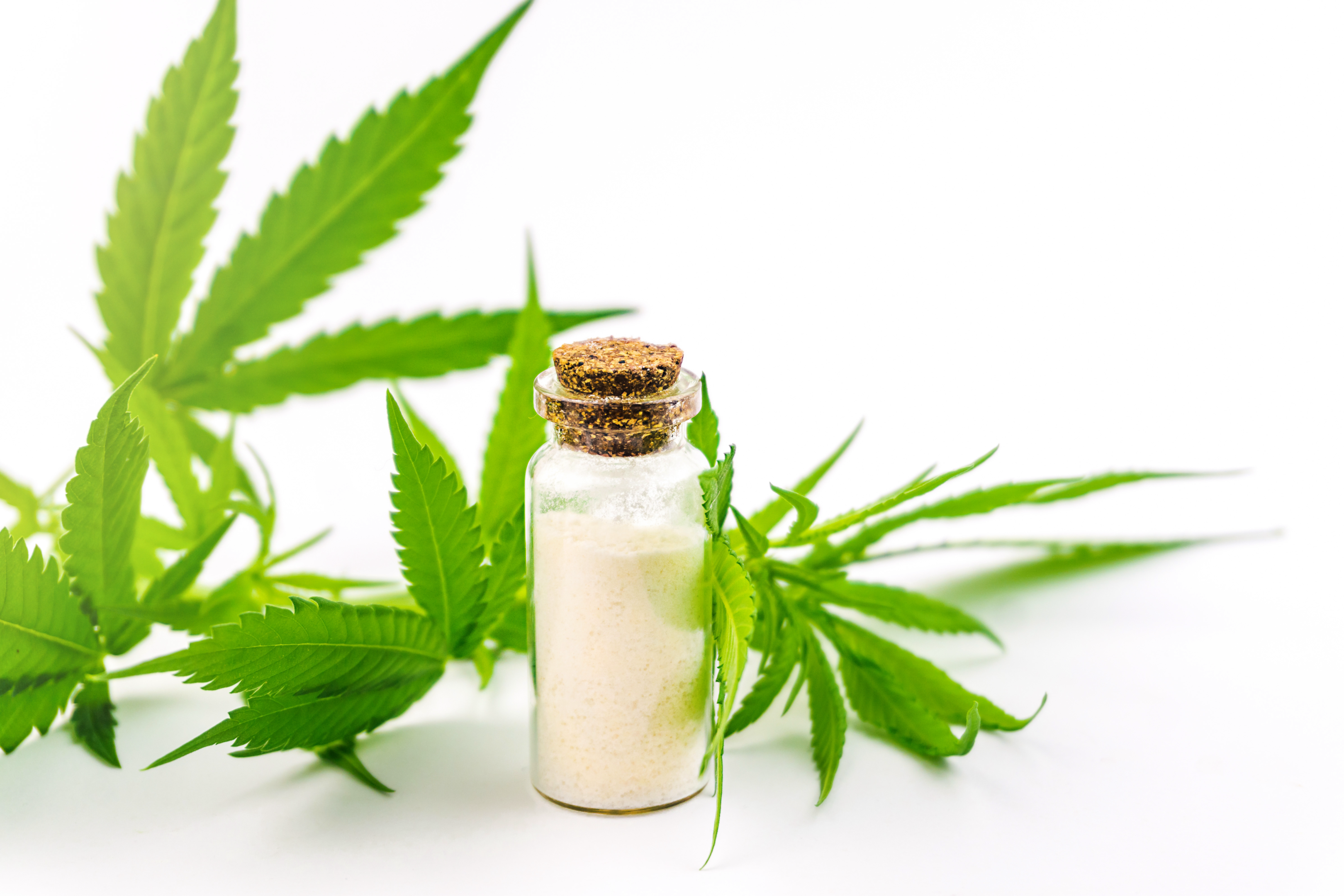
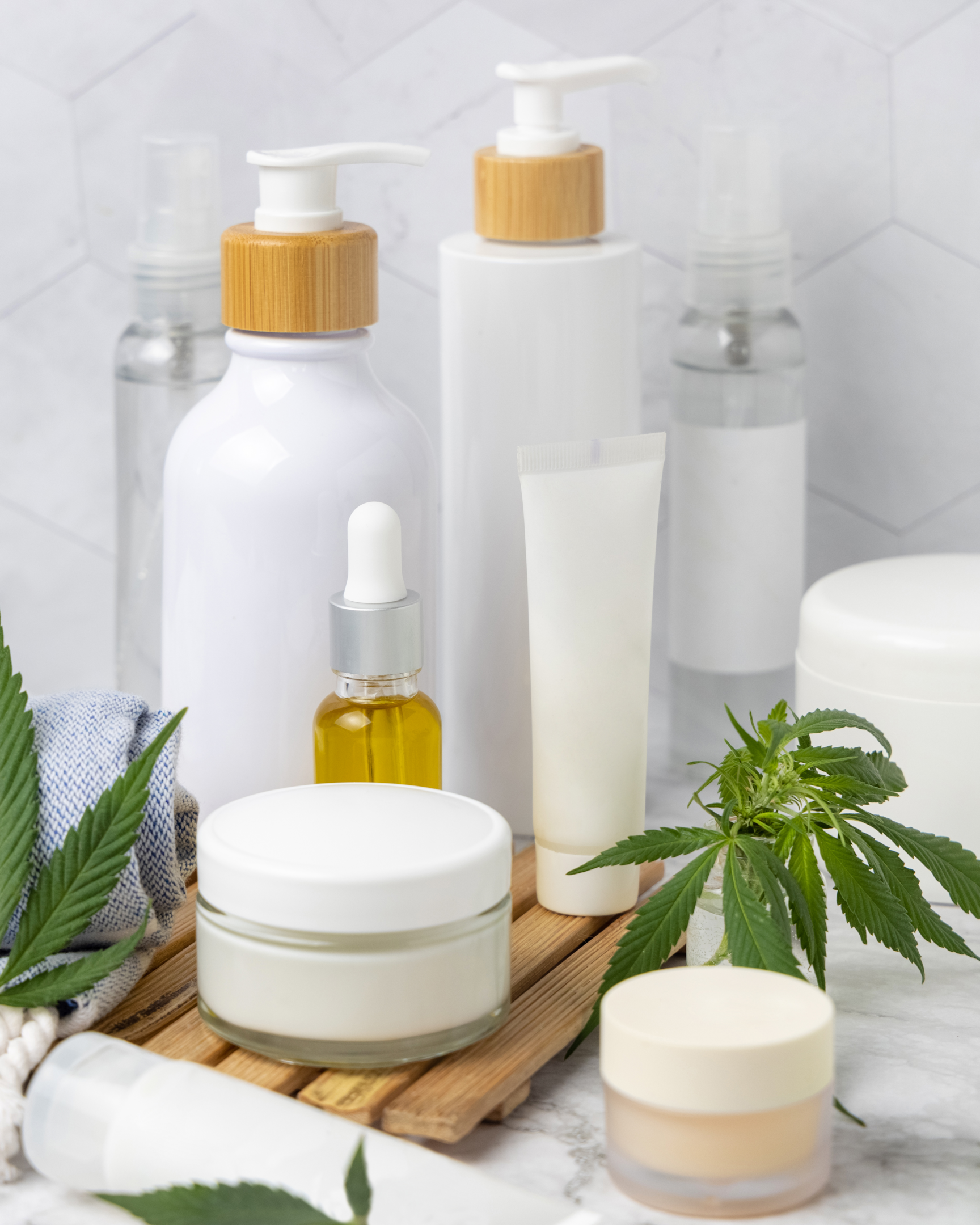
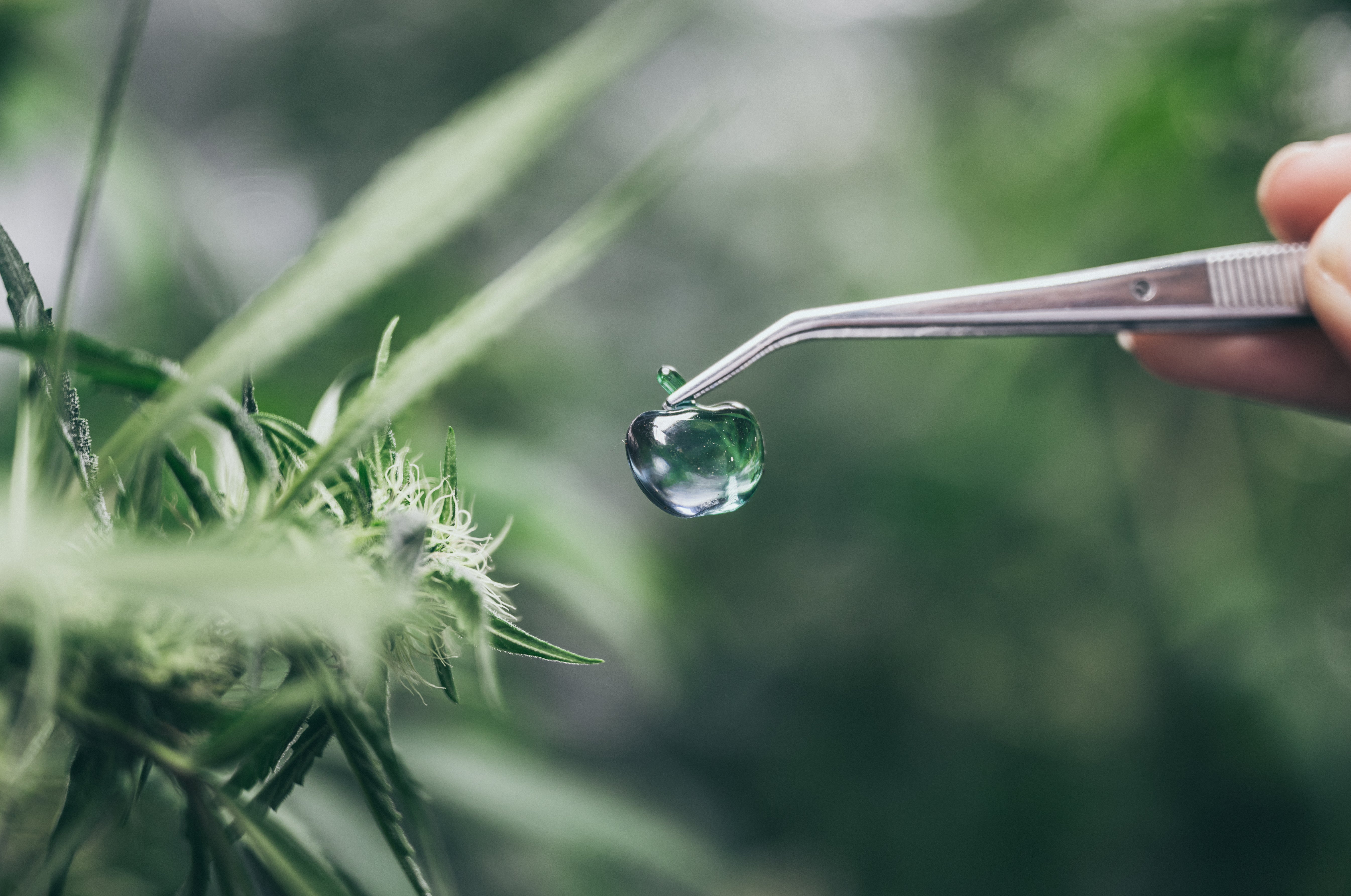
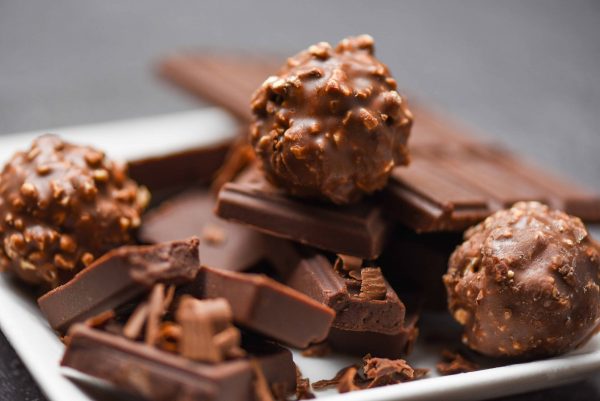

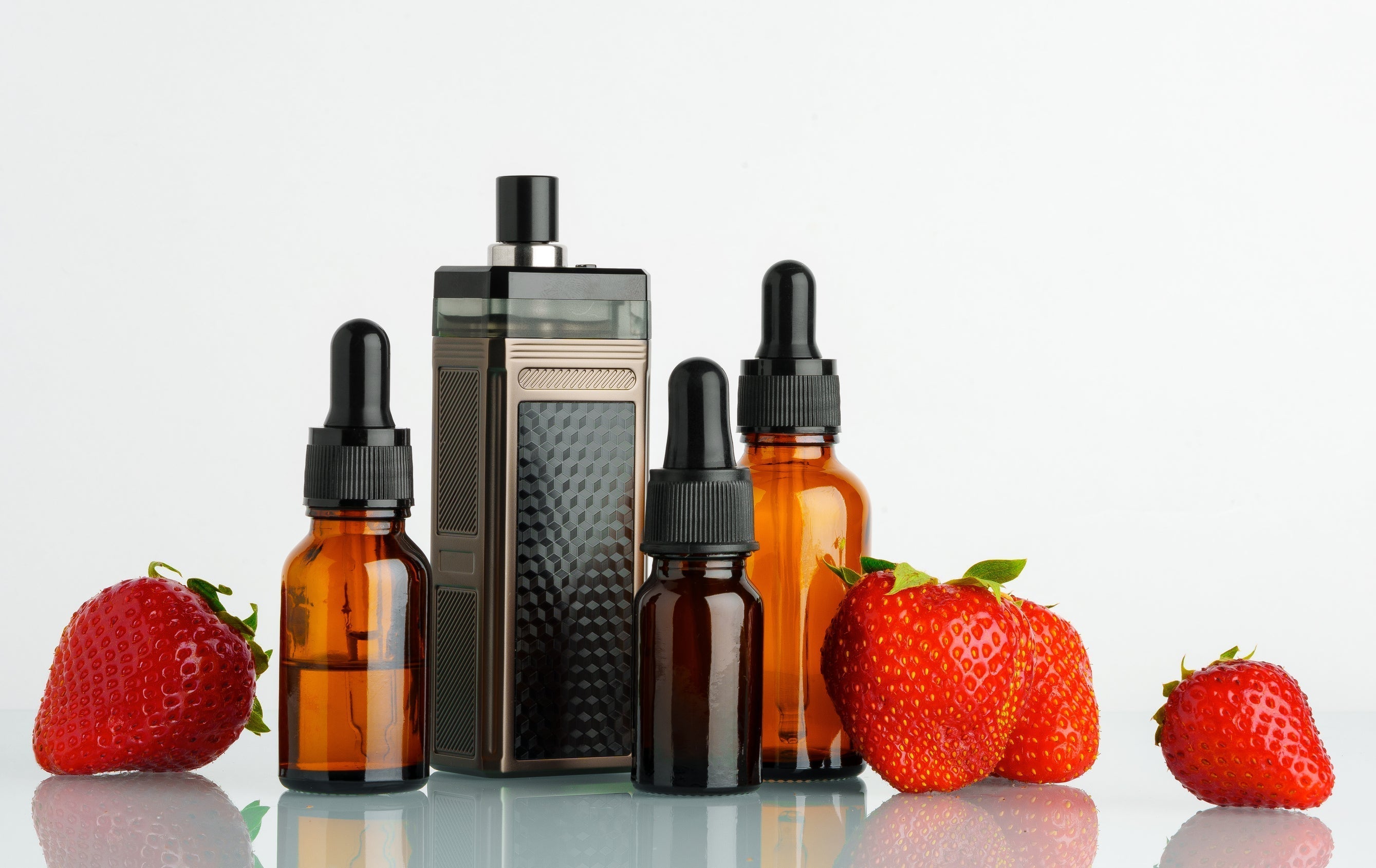
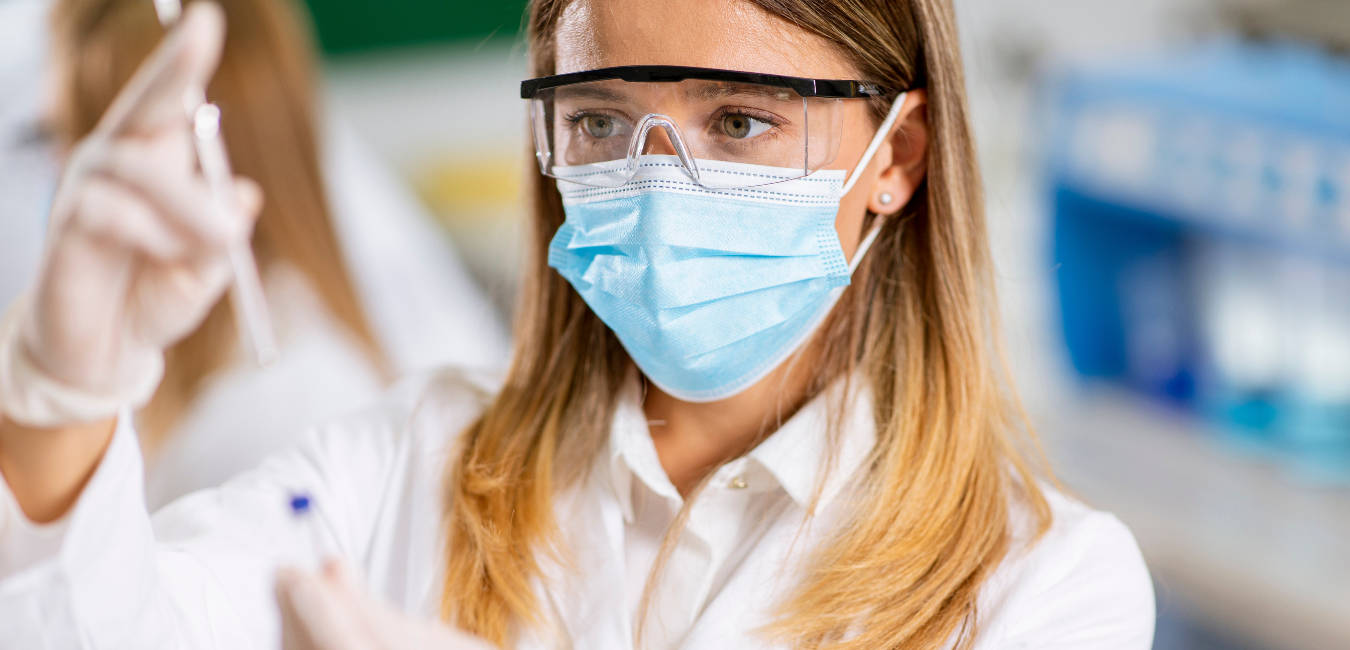
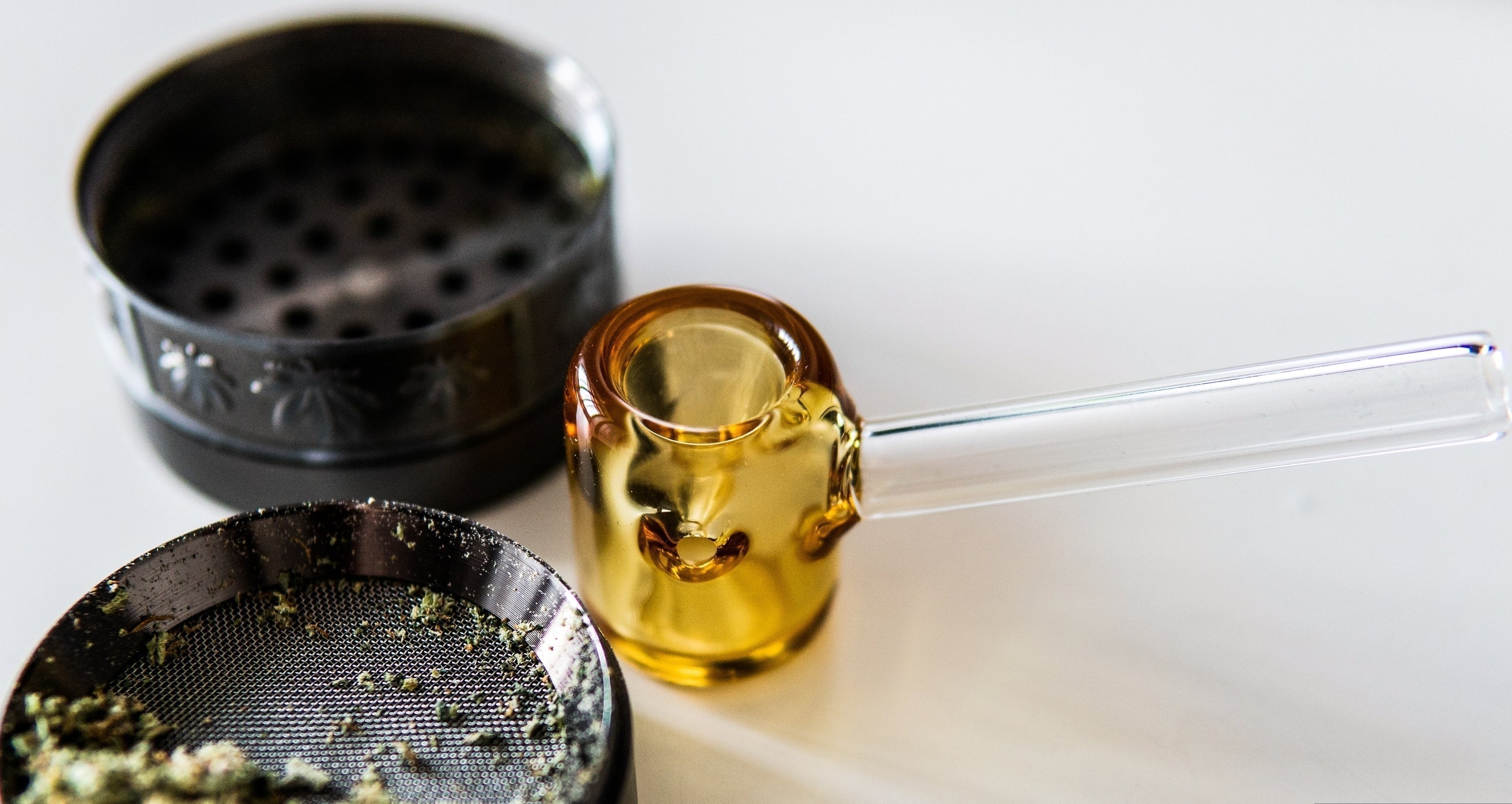
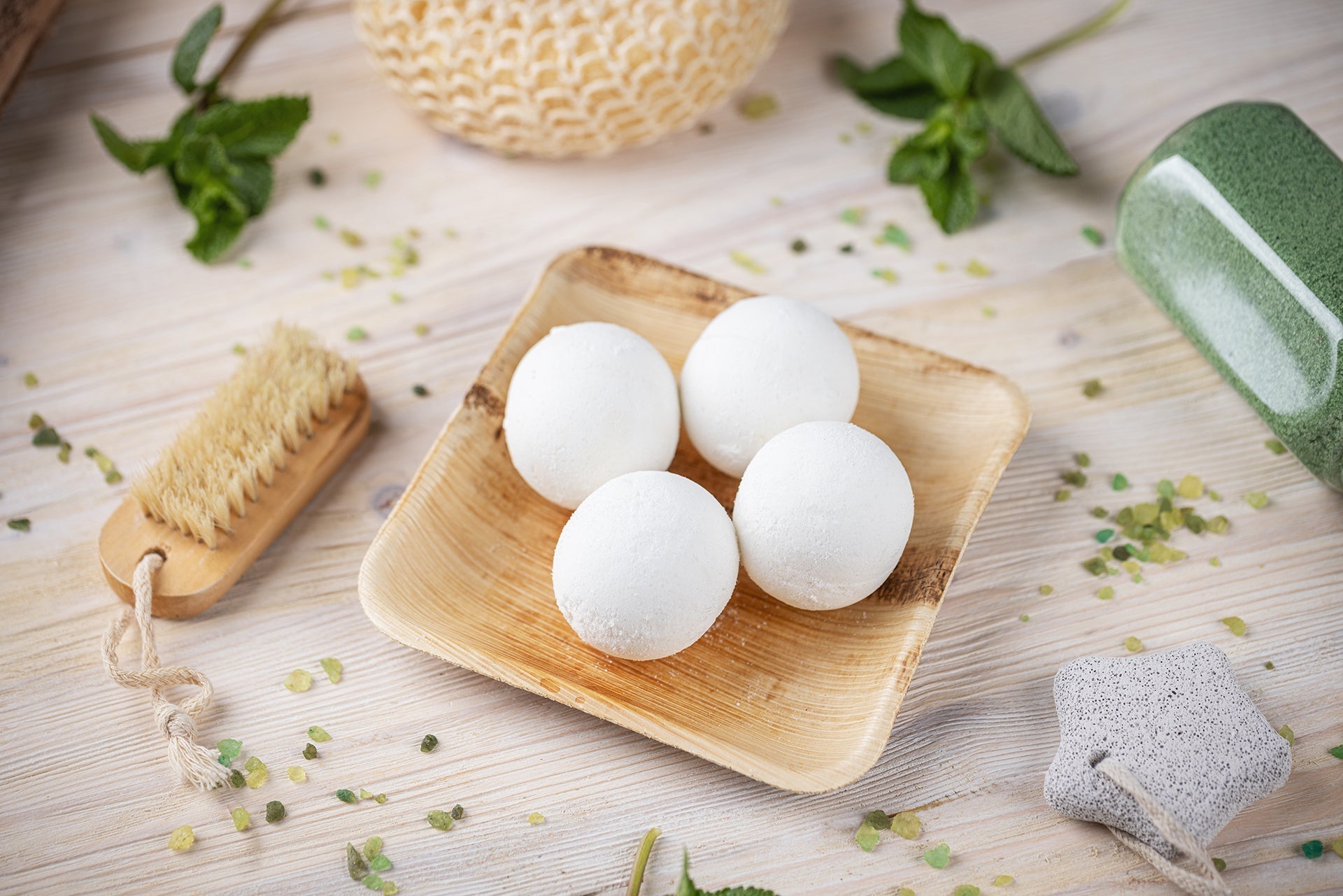
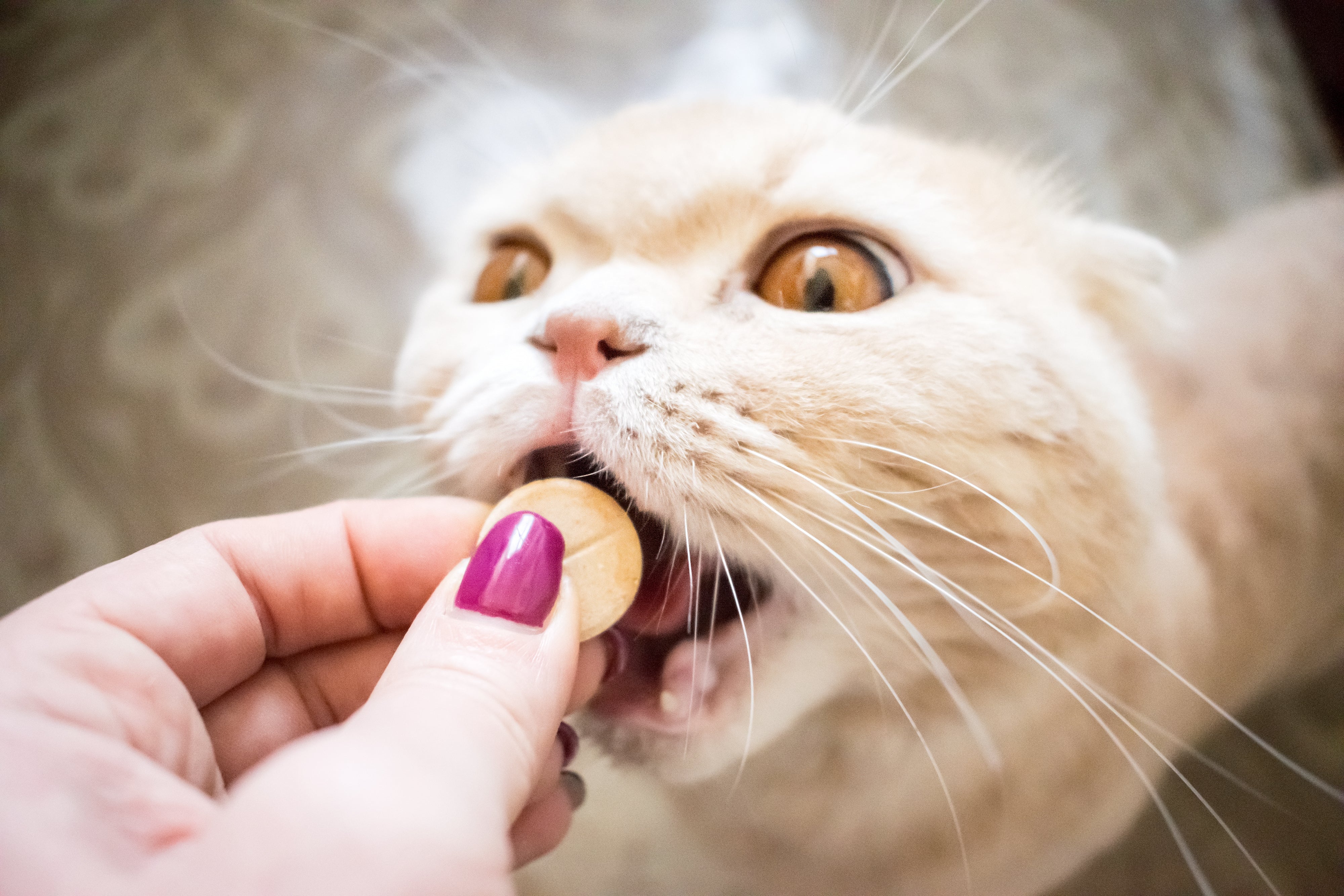

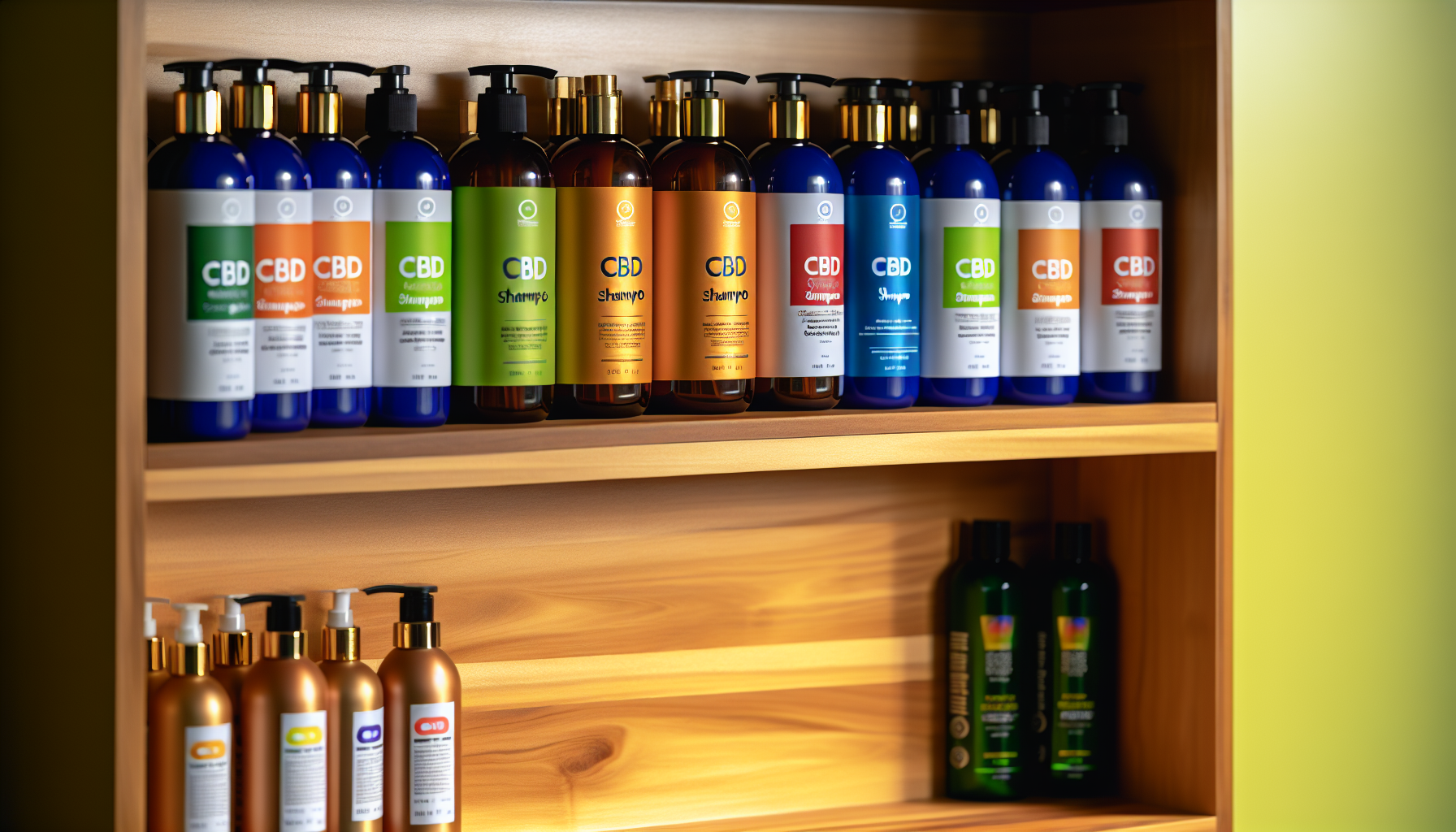
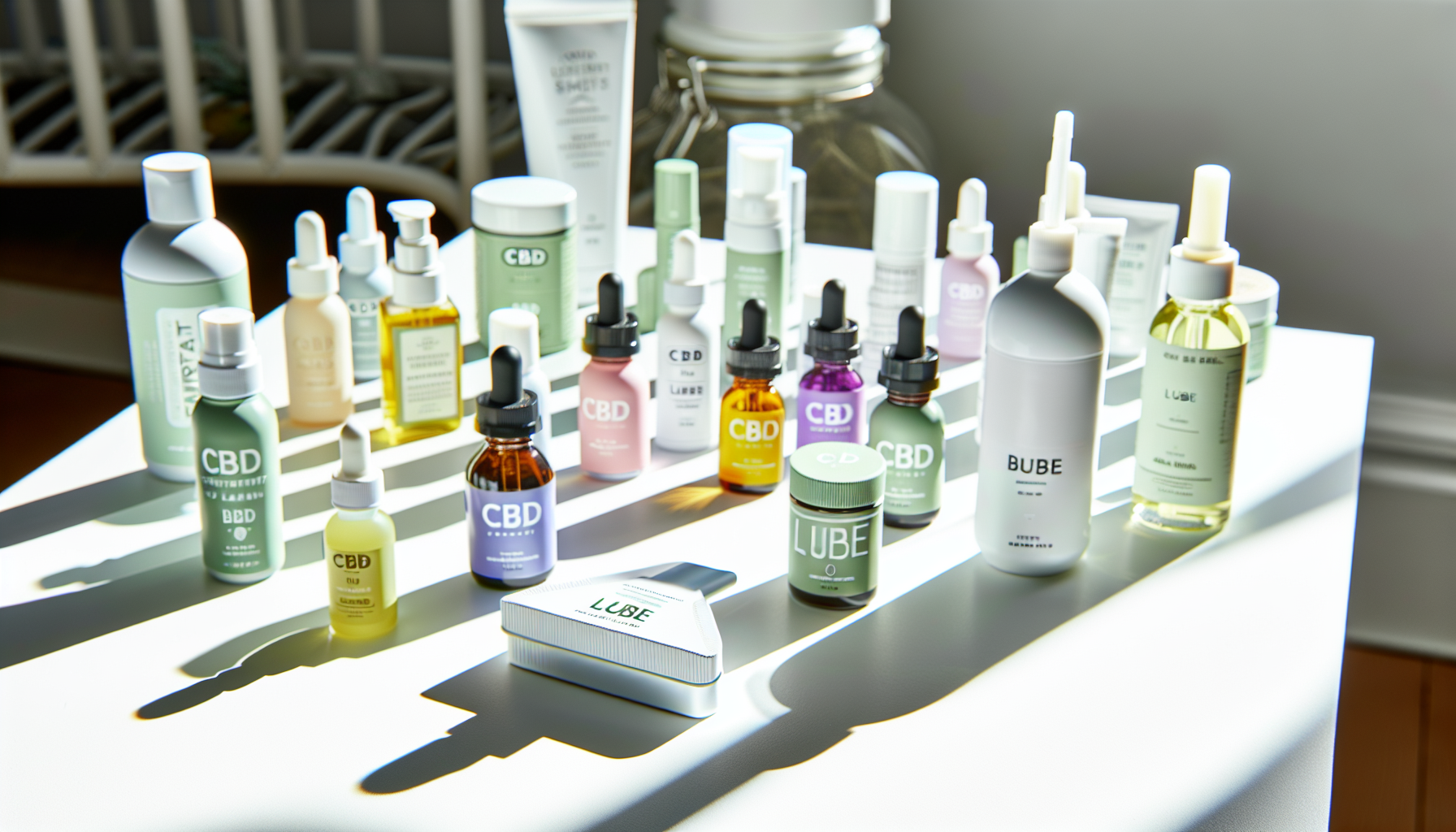
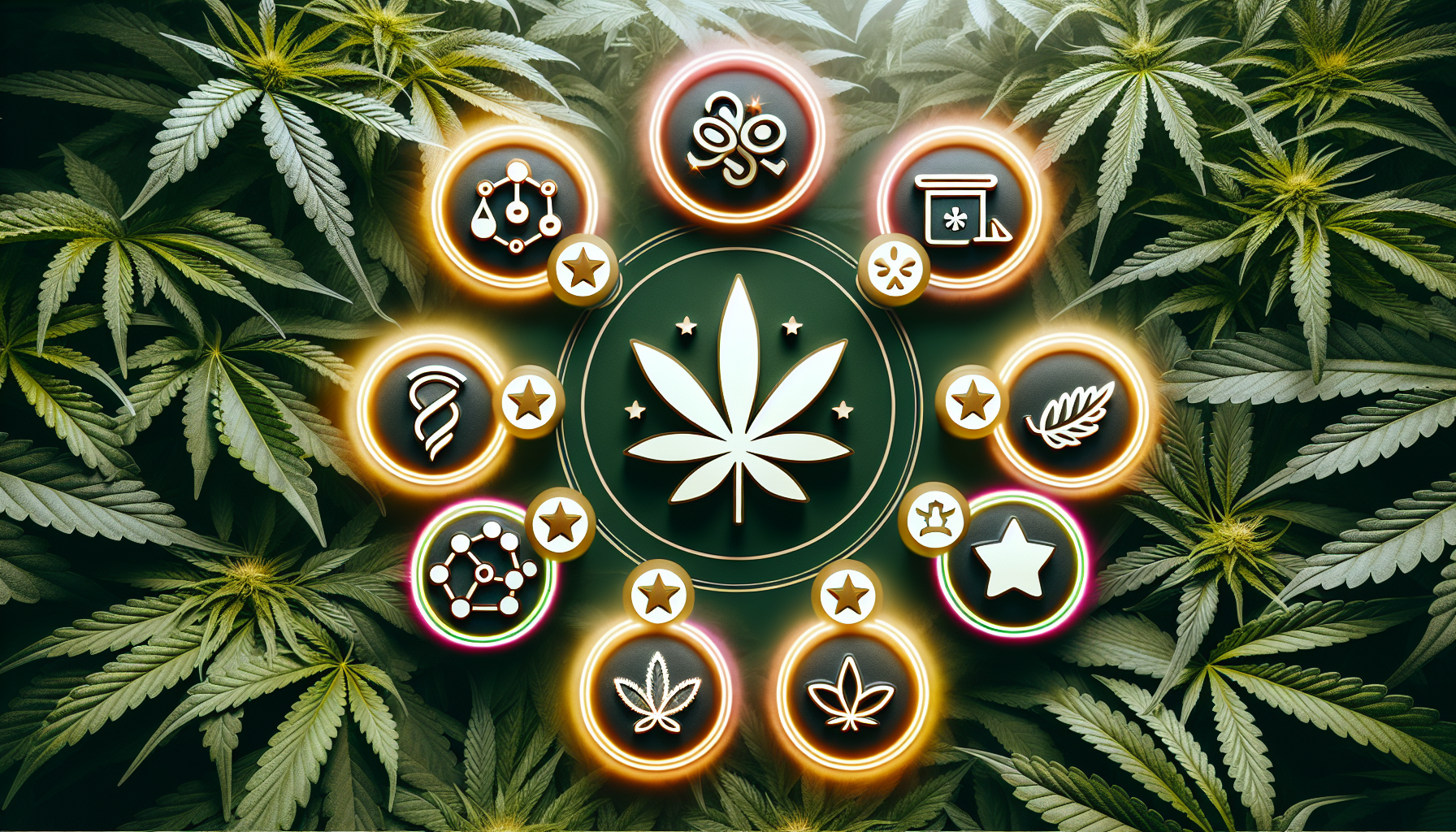
Join in on the Conversation
Your email address will not be published. Once your comment is approved, it will be published.